Oil mushrooms have long been considered a delicacy and mushroom pickers with great joy collect them in the autumn forest, as they have an unusual aroma and taste. But it is important to remember that there are several edible types of oils that are very easy to confuse with inedible and even poisonous mushrooms, so you should carefully study the photos and descriptions of such mushrooms to avoid poisoning.
Content
Characteristic features of the species and collection rules
In order to know how the butterfish look, you need to familiarize yourself with the features of the view and photo. The mushroom cap is different in structure and can be wavy or smooth, in the form of a cone or hemisphere, which more closely resembles a pillow with age. It can be brown or chocolate, depending on the light. Dimensions can reach 15 cm in diameter.
The hat is also covered with special mucus that protects the fungus from damage and bacteria. The presence of mucus clearly distinguishes the oiler against the background of other families. The spore layer is easily detachable from the cap. The leg is full, smooth, granular. Sometimes you can find sections of the bedspread in the form of a ring. The pulp is white, with a yellowish tint, if you cut the leg, the color changes to red or blue. The spores are yellow.
Most often, butterflies are found in the Northern Hemisphere, but in exceptional cases they can be found in Australia and Africa. Some species grow with only one type of tree, while others can live with various conifers - pine, larch, etc., but only in well-lit forests will they feel comfortable. Often they can be found in forest belts, coniferous thickets and forest glades.
Mushrooms bear fruit from the beginning of summer to the end of autumn. The most optimal temperature for oil is + 150C. The appearance can be expected immediately after the rain. They do not really like cold and stop growing when the soil freezes by 3 cm. It is necessary to collect masluki very carefully so as not to damage the mycelium. Mushroom pickers cut a leg with a special mushroom knife as close to the ground as possible and immediately clean the mushroom from the ground and debris.
Popular types of edible oil
There are several types of oils that can be eaten, their description allows us to distinguish them in the forest:
- The yellow-brown oiler (pestle, variegated oiler) grows in small bunches in a pine forest. The hat reaches 14 cm in diameter, in shape - semicircular, which becomes cushioned with age. In young representatives, the color is olive, and in mature representatives it can be brown, red and yellow.
The surface, unlike other representatives of Maslenkov, is not mucous, and crackes on scales. As a result, the skin peels off heavily. In immature age, the surface is hairy, and then turns into thin, smooth scales. The foot resembles a mace. The pulp is yellow; it turns blue at the cut site. The fragrance resembles metal or needles. This type is great for pickling.
- A butterdish white (pale) grows in small bunches in a pine and cedar forest. Fruits in June to November. The round hat reaches a diameter of 12 cm. The surface is slightly mucous, light yellow, with purple spots.
The leg resembles the shape of a cylinder or spindle, reaching a height of 8 cm. The flesh is purple under the skin, in the middle - light and above the spores - yellow. Aroma and taste are pronounced.This species is desirable to collect when the mushrooms are still young.
- A grainy oiler (summer) grows in bunches, often found among coniferous thickets, under pine trees. The hat is up to 10 cm in diameter, round in shape and red-brown or yellow-orange in color. The surface is dehydrated, glossy, becomes mucous with high humidity and after rain. The skin is free from pulp.
Leg light yellow with brown spots, up to 8 cm high and up to 1.5 cm in diameter, resembles a cylinder. A tuberous surface forms after drying of the droplets that are released by the pores. The pulp is yellow, with a pleasant aroma and taste of walnut. At the place of cut, the color does not change. Disputes are brown.
- The common oiler (autumn) grows in groups and is often found in coniferous and mixed thickets. Fruits in early July to October. A hat with a round shape of brown or chocolate color. The surface is covered with mucus, and the peel is easily removed. The diameter reaches 12 cm. The color of the spores is brown. The aroma and taste are not expressive.
- Cedar oiler (weeping) mainly grows in frequent groups in cedar forests. Fruits in mid-June to late September. The hat in diameter can reach 15 cm, brown. The surface is waxy, non-shiny, yellow. The leg is covered with specks of rusty color. The pulp has a light yellow color, turns blue on the cut. The taste is sour, the aroma is inexpressive. Pores can secrete a liquid that hardens and stains the mushroom brown.
- A remarkable butterdish grows in swamps and in places with high humidity. It can be found in North America, Siberia and the Far East. Fruits from early summer to late autumn. The hat is fleshy, ranging in size from 10 to 15 cm. The surface is mucous with insignificant scales. Leg with a ring.
The color above the ring is light yellow, below - brown with slight scales. After the cut, the flesh is first yellow, then brown. Aroma and taste are poorly expressed.
- Reddish oiler (trident) grows on mountain slopes and in coniferous thickets. Fruits from the beginning of summer to the end of October. The hat is fleshy, orange, semicircular, which eventually becomes pillow-shaped. The flesh is fleshy, yellow, turns red on the cut. The color of the spores is olive.
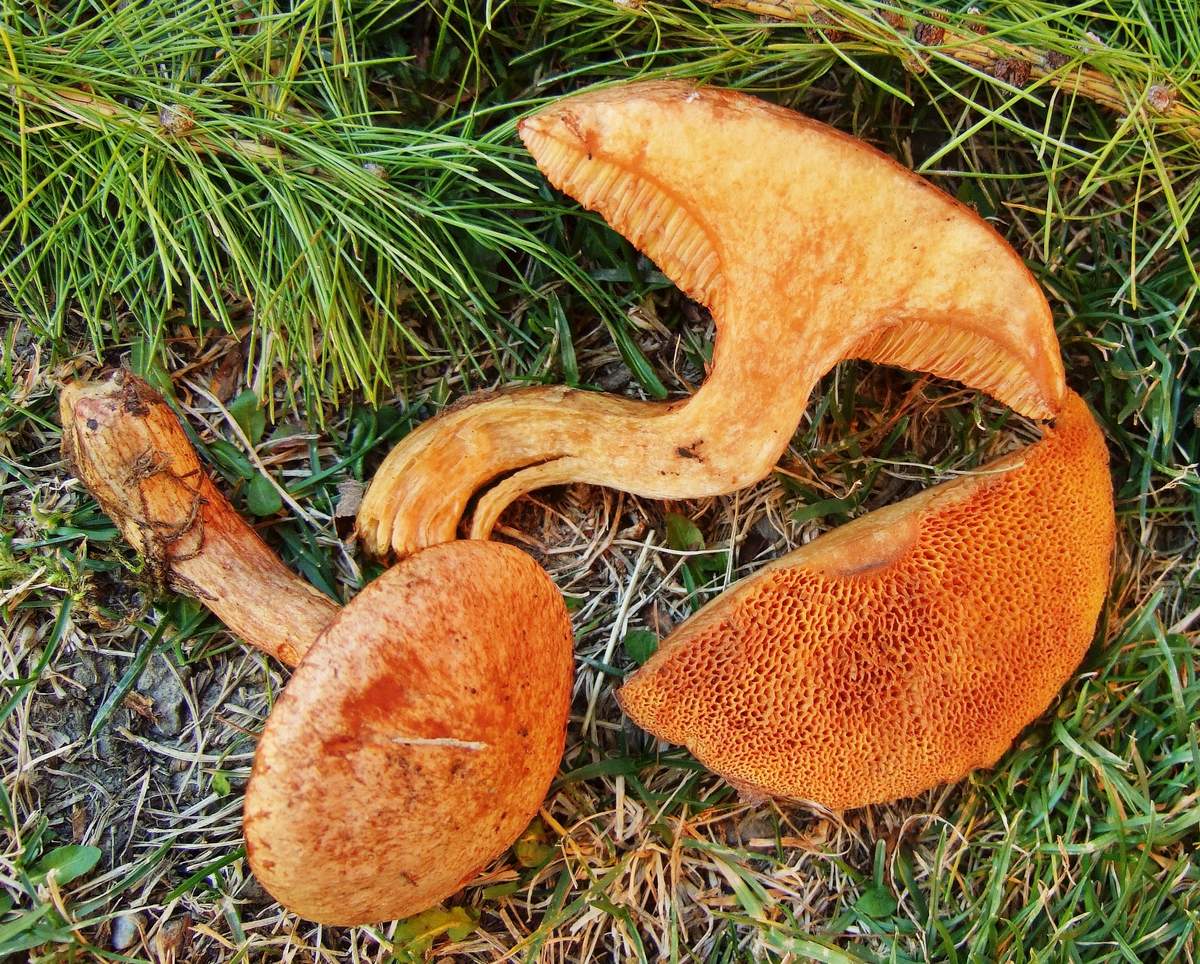
Grease gun red - Siberian oiler grows in frequent groups in pine forests. The hat is light (but darkens with age), resembles a hemisphere, which soon unfolds in adulthood. The peel becomes mucous with high humidity and is easily cleaned. Drops may appear that solidify in brown spots.
False and poisonous doubles
In the Maslenkov family, both false inedible and poisonous moths are isolated, as well as conditionally edible mushrooms. They can be easily distinguished:
- Peppermint include the peppermint from the genus Chalciporus. The fruiting period is June-October. The hat is round, smooth, glossy. The height of the leg is 6 cm and the diameter is 1 cm. It turns red on the cut. The main distinguishing feature of the mushroom is the pepper taste, which disappears after heat treatment. Many chefs consider it inedible, however, some chefs add to food for flavoring piquancy.
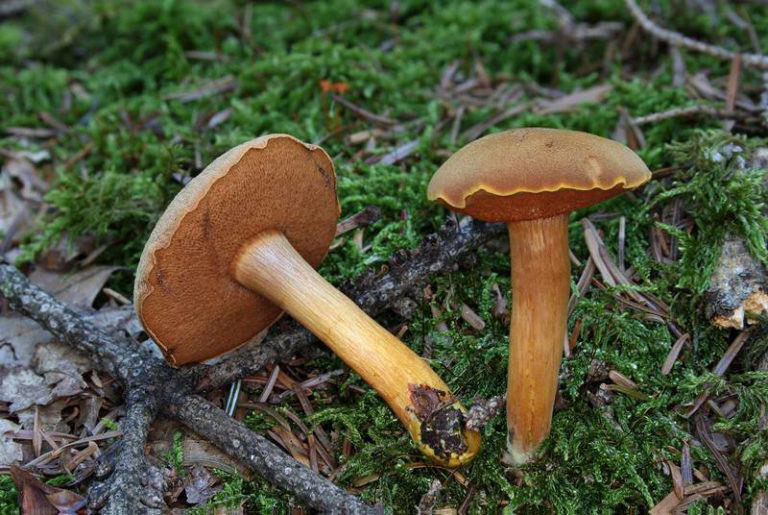
Pepper flywheel - Poisonous satanic mushroom (Satanic flying) grows in oak and deciduous forests on calcareous soil. The hat is 20 cm in diameter, cushion-shaped in shape, light olive, fleshy in structure. The flesh of the poisonous double is light, turns blue on the cut. The smell is unpleasant and reminds carrion, especially pronounced in mature mushrooms.
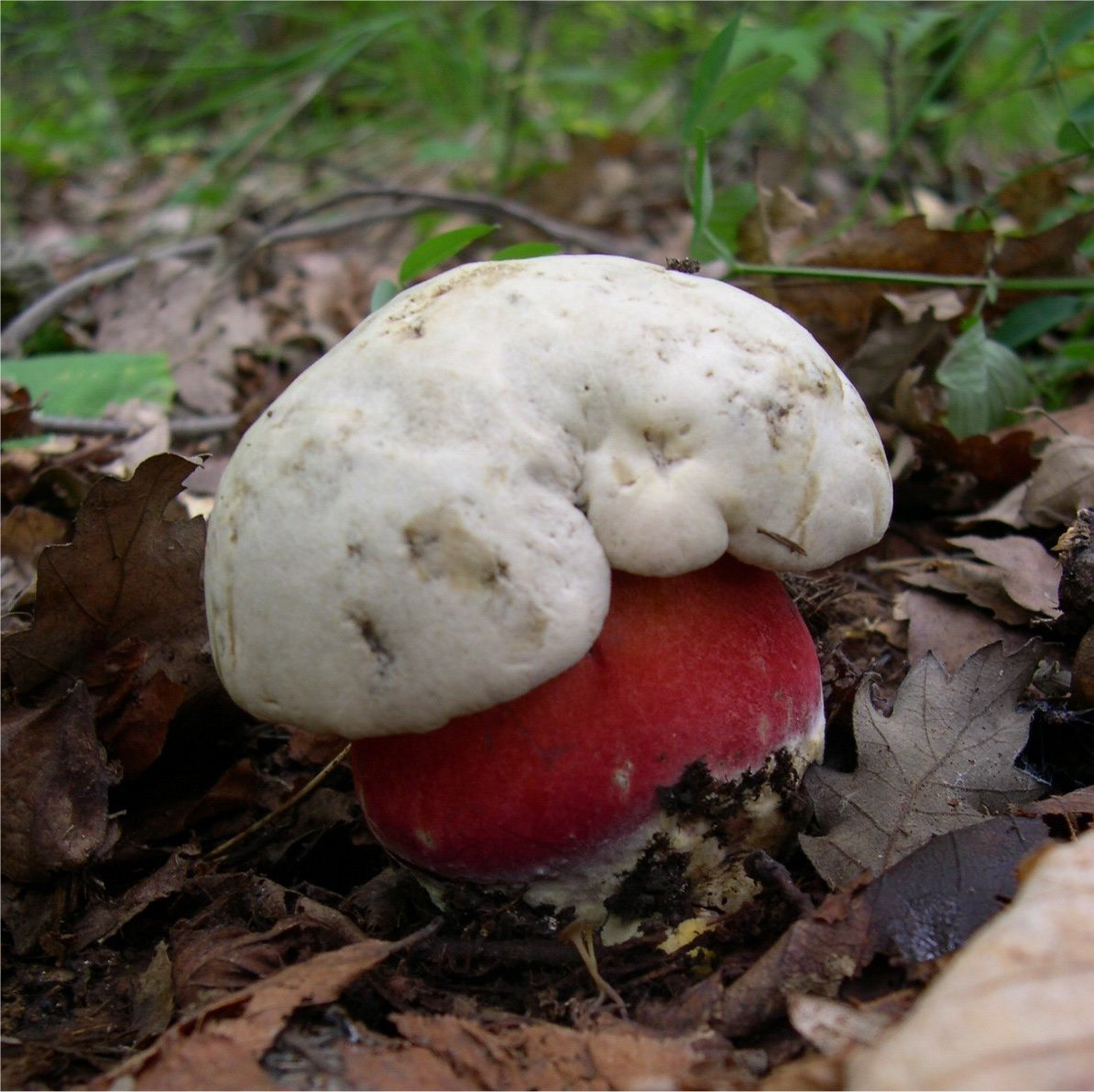
Satanic Flying
Edible and conditionally edible mushrooms, similar to butter
Some, quite similar to edible oils, are classified as conditionally edible mushrooms:
- The larch oiler lives in symbiosis with deciduous trees. At a young age, the hat is semicircular and conical, in maturity it is smooth and resembles a pillow. Leg 10 cm high in the same color as the hat. The pulp is dense, fleshy, yellow, turns brown at the site of the cut. The taste and aroma are pleasant.
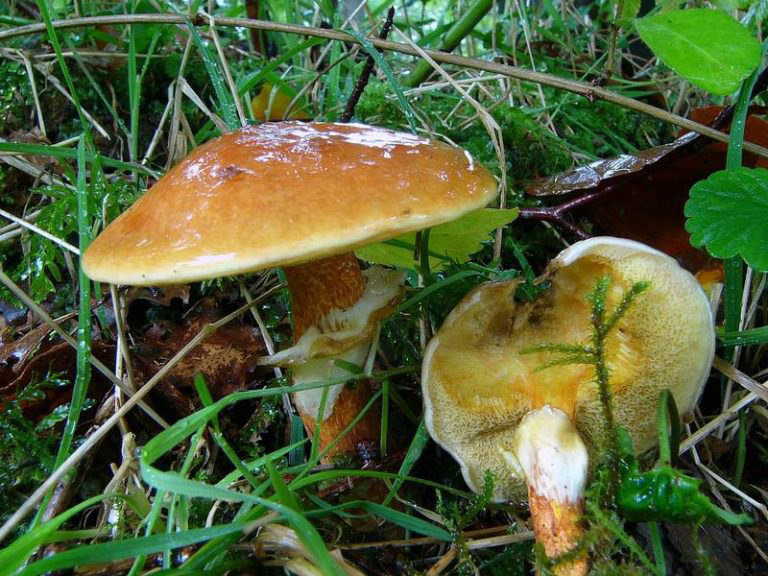
Oilcan larch - The goat (grate) grows in places with high humidity under the pines. Fruits from early July to November, in frequent groups. The hat is red-brown, rounded, in the process of growth turns into a pillow. In diameter about 11 cm. The surface is covered with mucus, smooth and glossy. The skin is easily detachable from the pulp. The pulp is fleshy, light with brown tones. It tastes sour. Suitable for pickling.
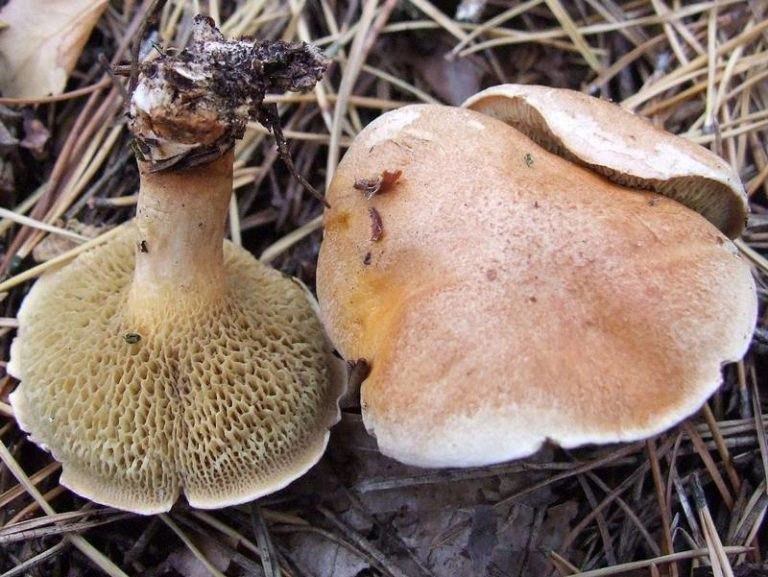
Kozlyak - A yellow oiler grows on the sandy soils of Siberia. The mushroom hat is orange-cinnamon. The hat is conical and 6 cm in diameter. There is a ring on the leg that resembles white gelatin. When preparing meals, it is important to carefully remove the skin, which can cause severe diarrhea.
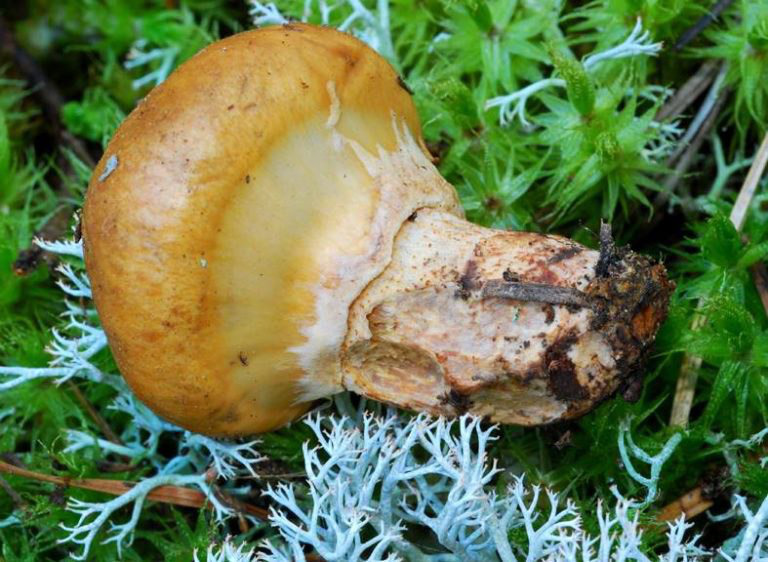
Butterdish yellowish - Gray oiler grows in deciduous forests and parks from June to September. The hat is light gray. The leg is 10 cm high, resembles a cylinder in shape, has a white ring. The mucous surface. It turns blue on the cut.
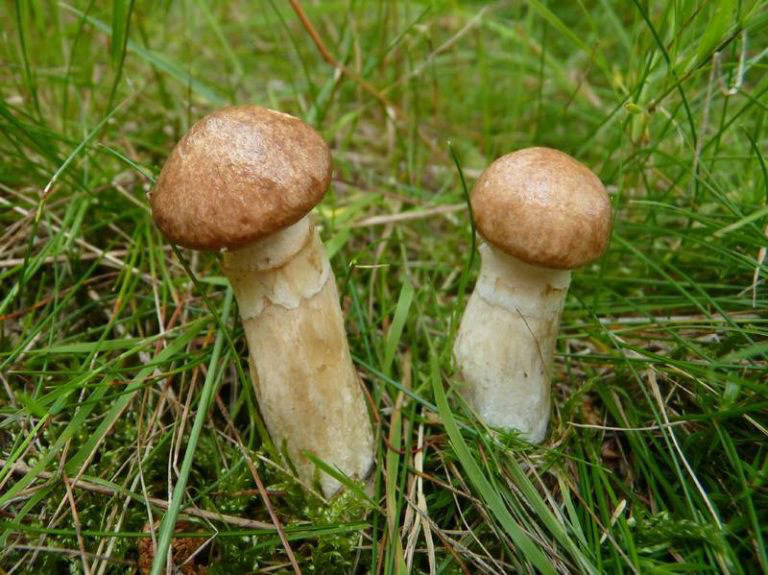
Grease fitting gray - Mokruha spruce belongs to the genus Mokruha and is a fully edible double. Grows in spruce forests, bears fruit well in summer. The hat in diameter may be 12 cm, gray-violet. The shape is first wavy, then divorced and sunken in the center, with the edges dropped downwards, fleshy and in immature mucous. The color of the spores is almost black. The taste and aroma are pleasant. The pulp is yellow.
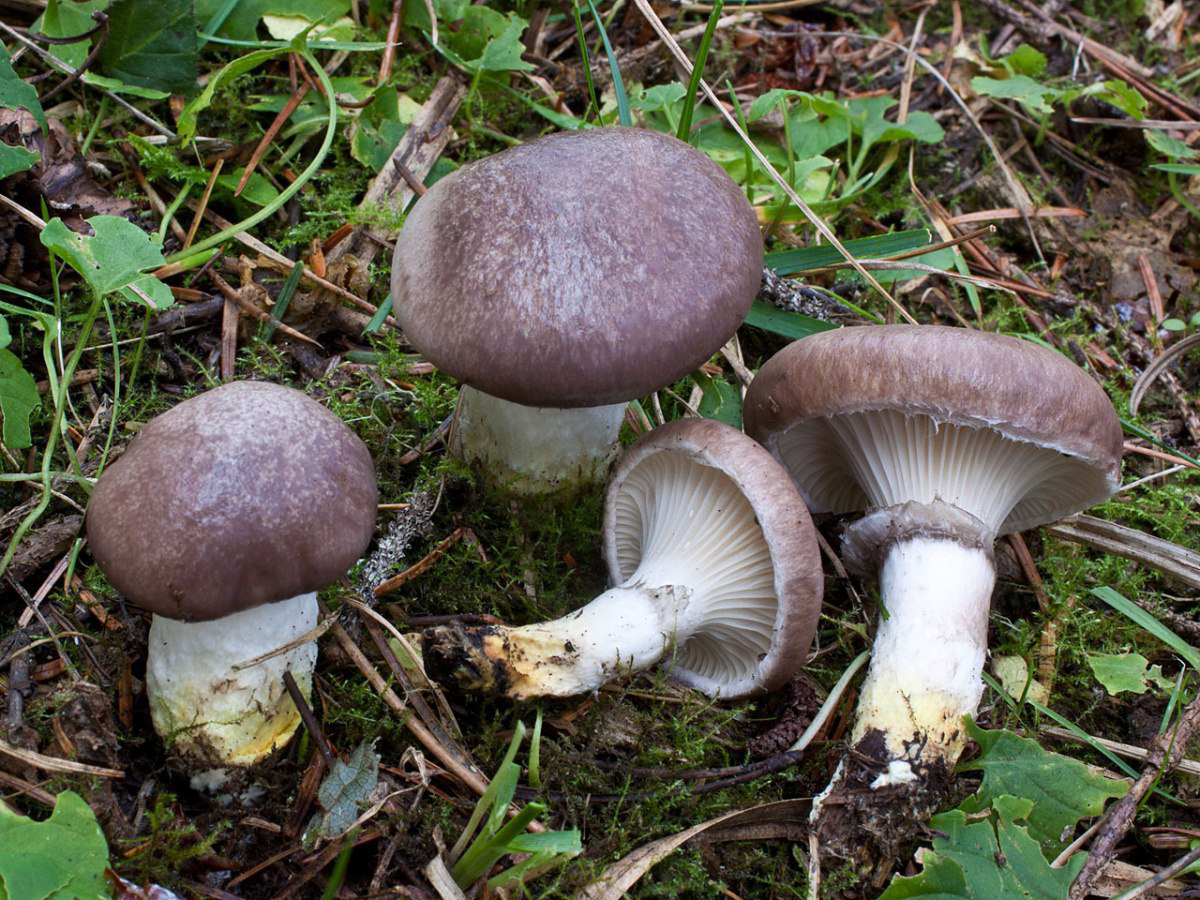
Wet spruce
Symptoms and first aid for poisoning with false oils
The first signs of poisoning can be noticed after 3 hours. This is usually expressed as an eating disorder. Initially, severe pain in the stomach, the urge to vomit. The chair is fluid and frequent. Sometimes accompanied by fever, headache. The amount of oil consumed and the individual perception of the body should be considered.
Do not wait until the patient has all the manifestations of oil poisoning - emergency medical care should be provided immediately. Urgently call a doctor. In addition, it is important to help a person on his own - to give a large amount of warm water with activated carbon dissolved in it. This will help clear the stomach and intestines of toxic substances.
It is quite possible to poison with false oils. If it is not known where the mushroom came from, where and who picked it, then it is better to abandon its use.
Answers to Common Questions
The safety of oil consumption raises many questions of inexperienced mushroom pickers:
Butterflies are healthy and tasty mushrooms. There are many edible species, however, it is necessary to distinguish between false mushrooms and pay attention to proper heat treatment.


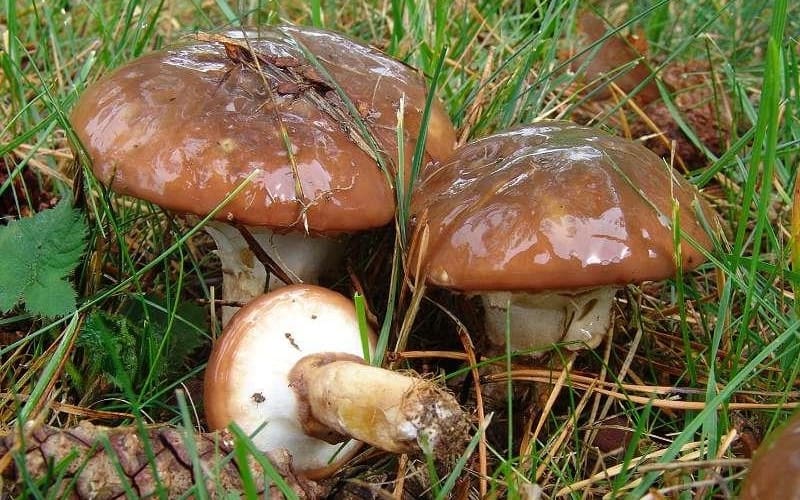
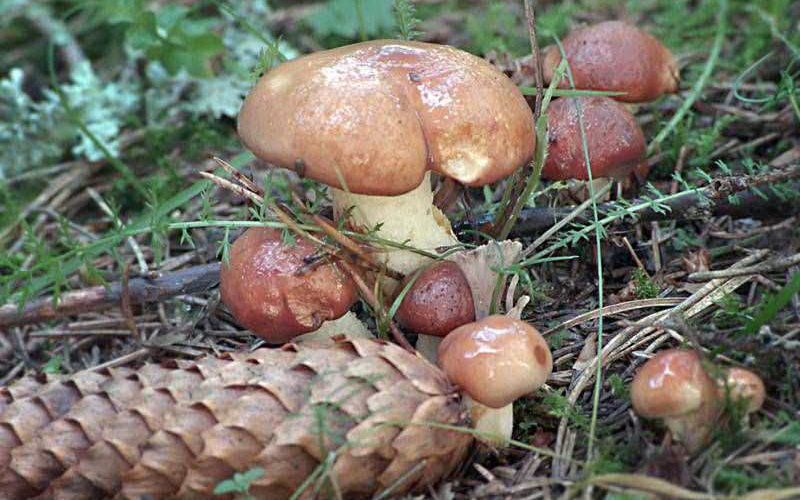
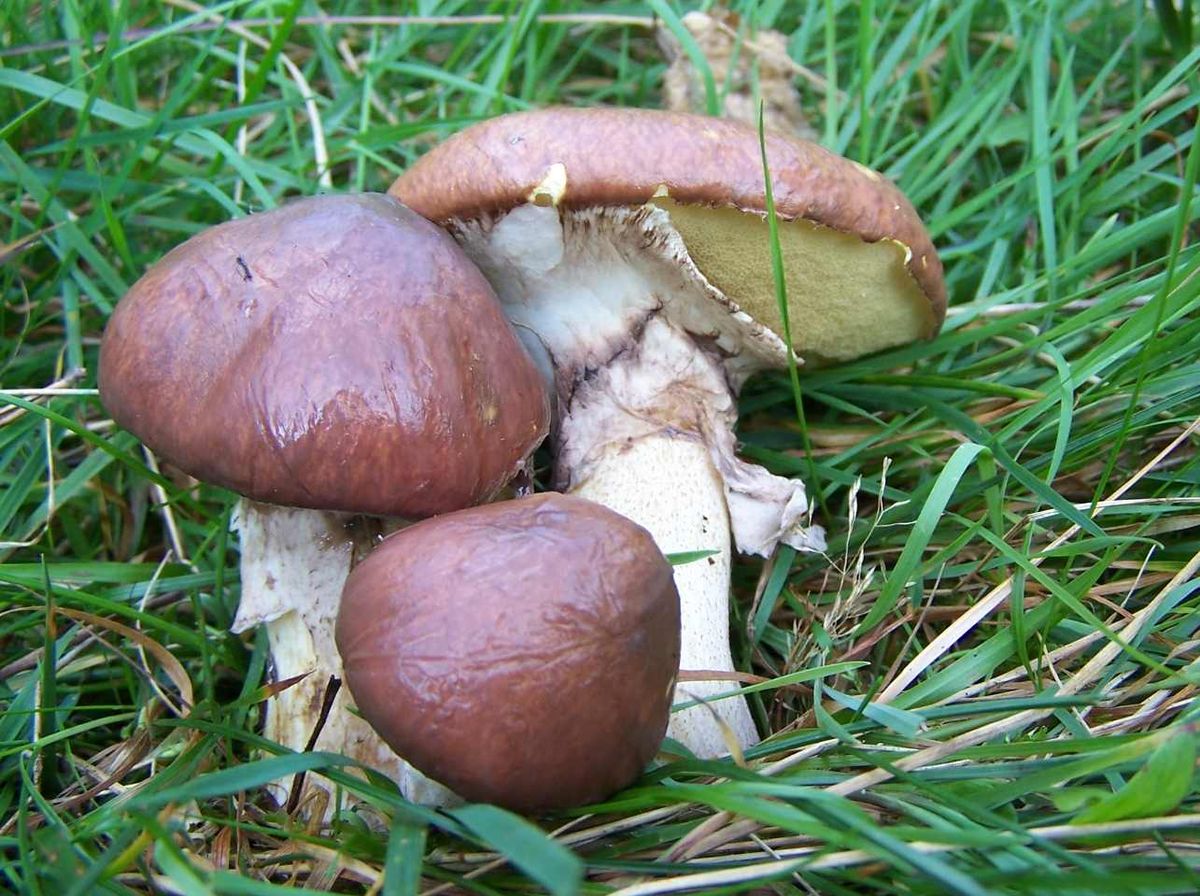
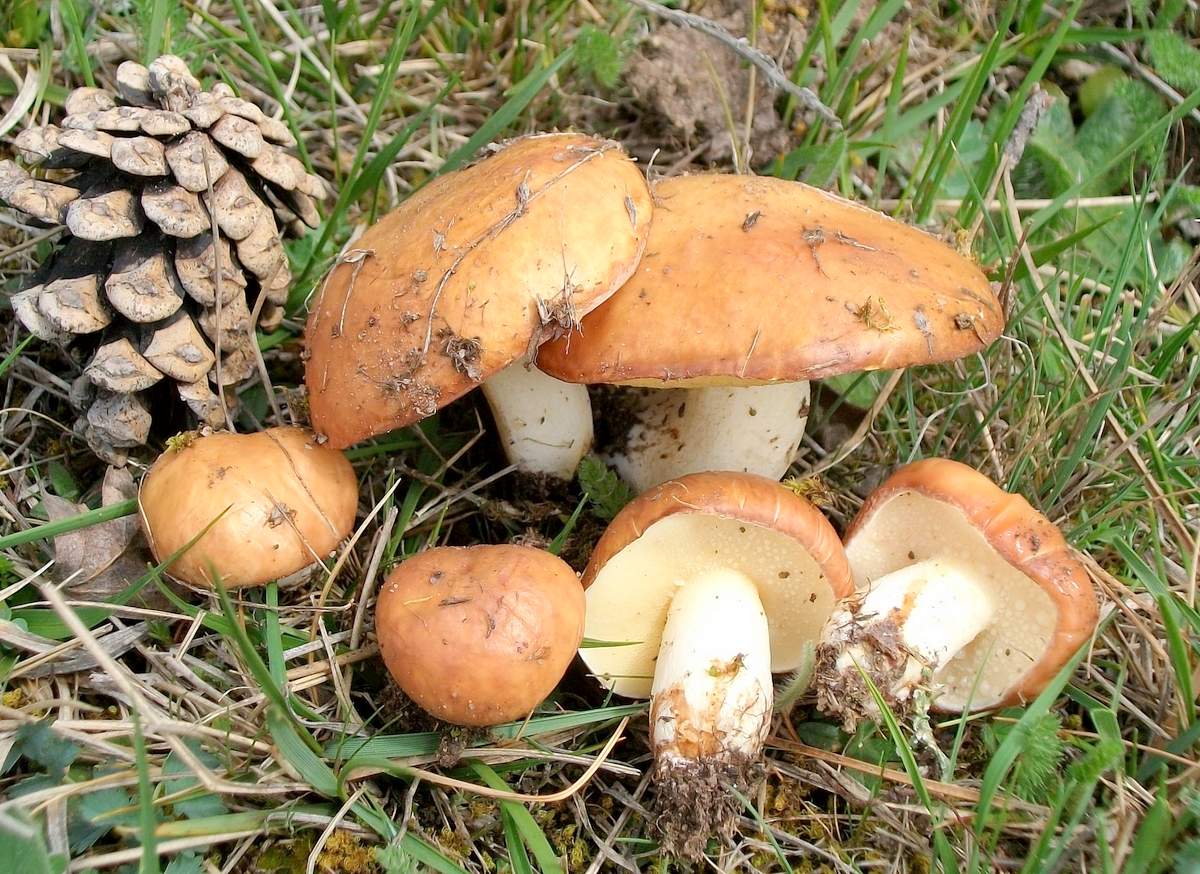
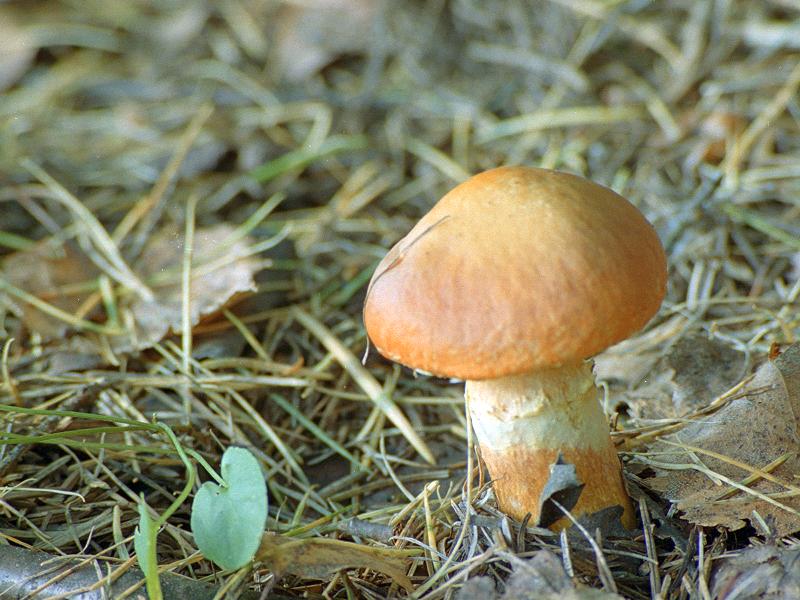
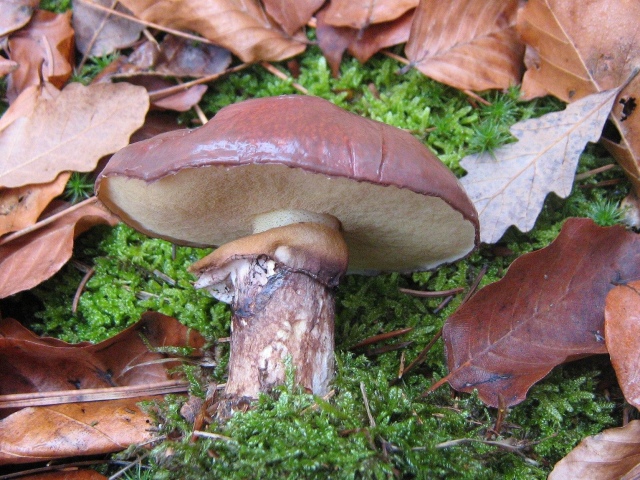
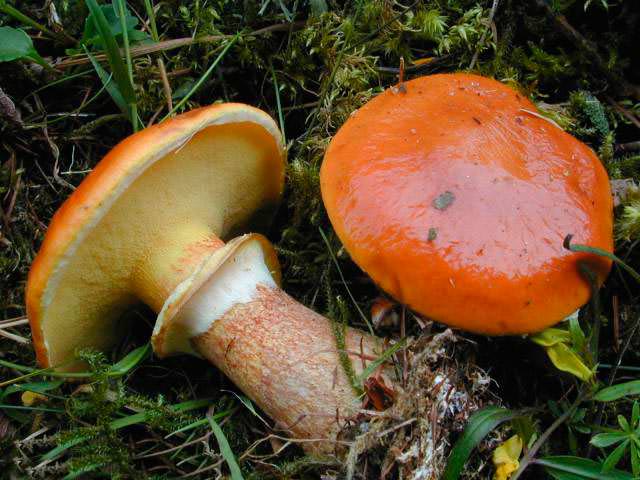
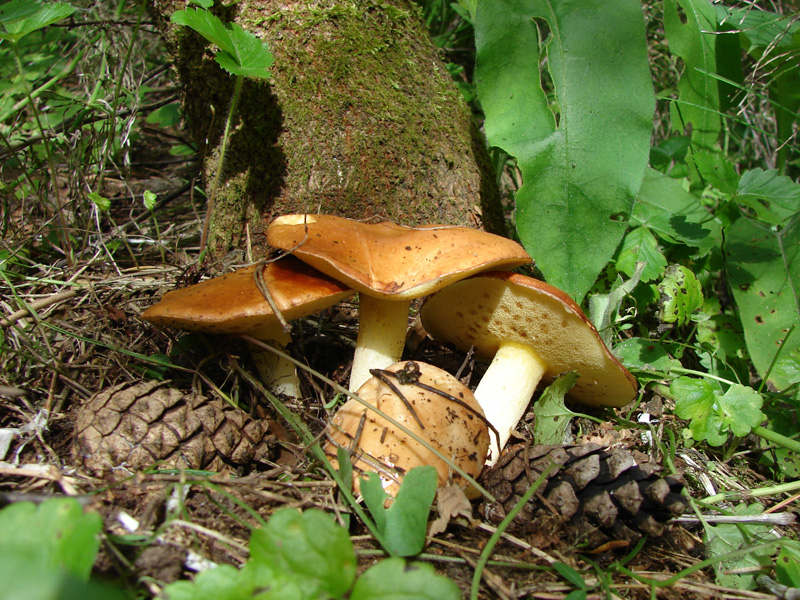
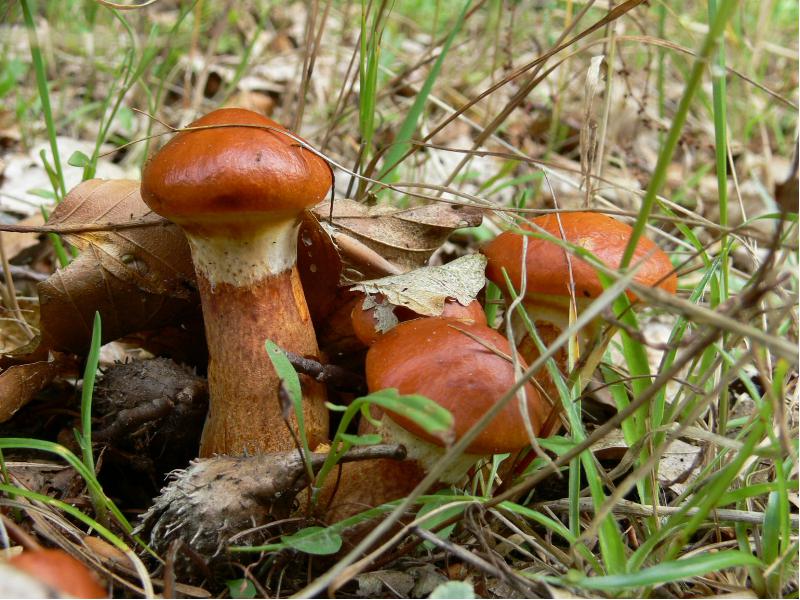
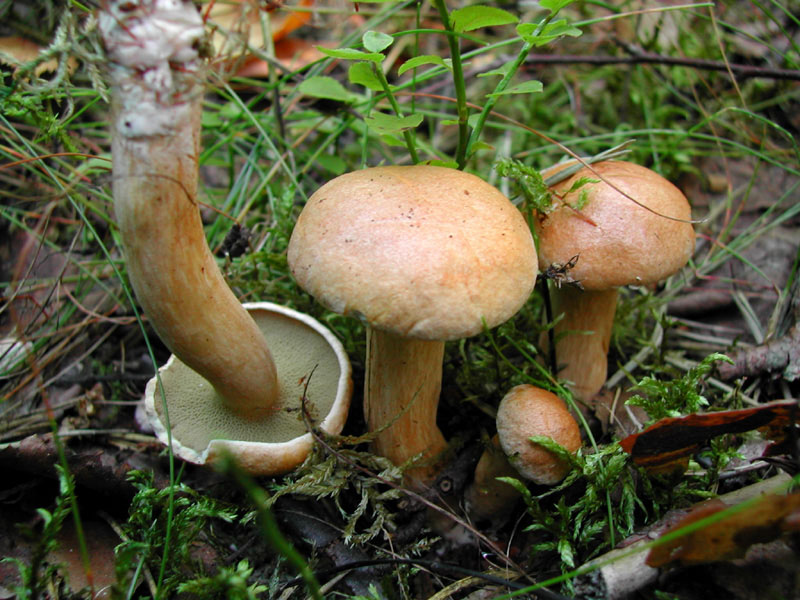
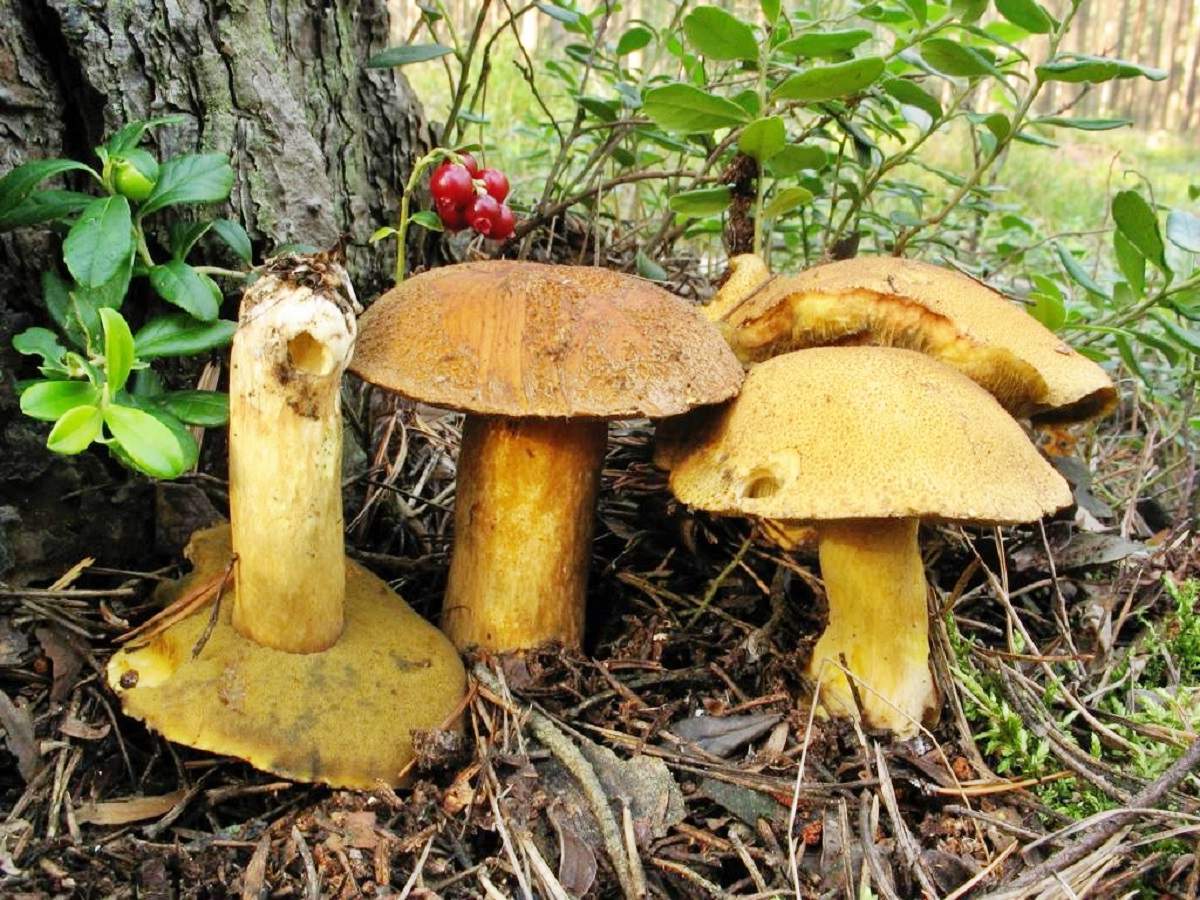
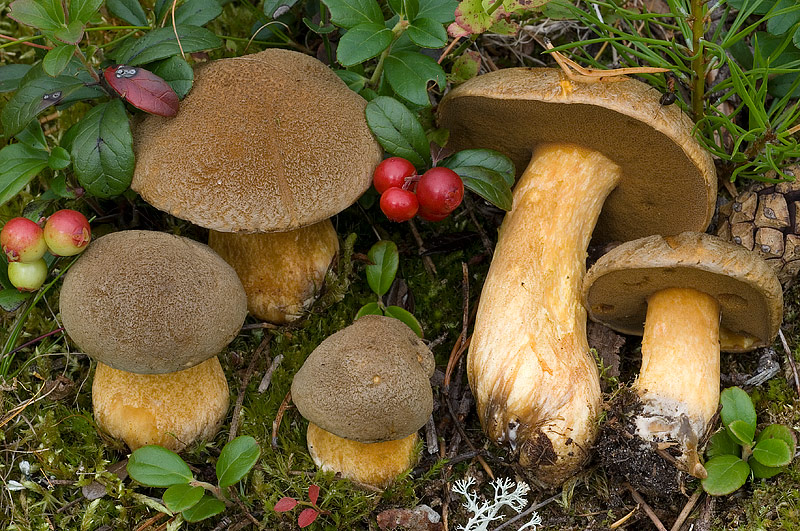
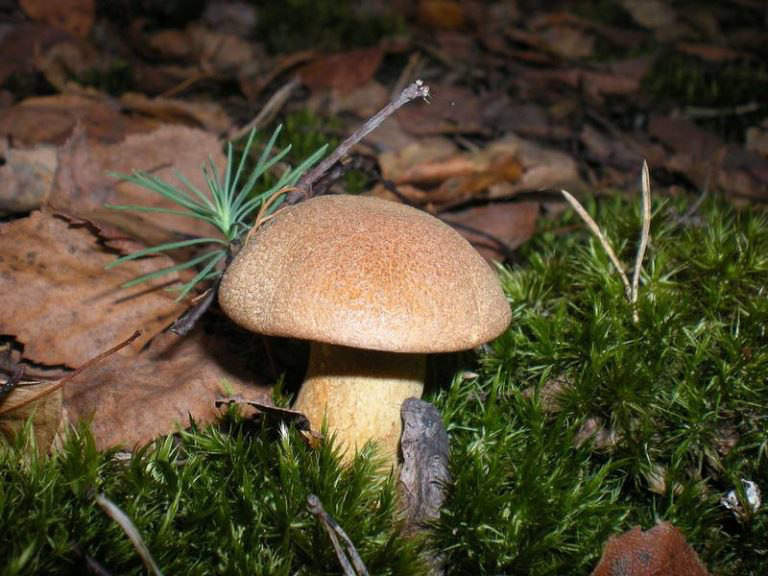
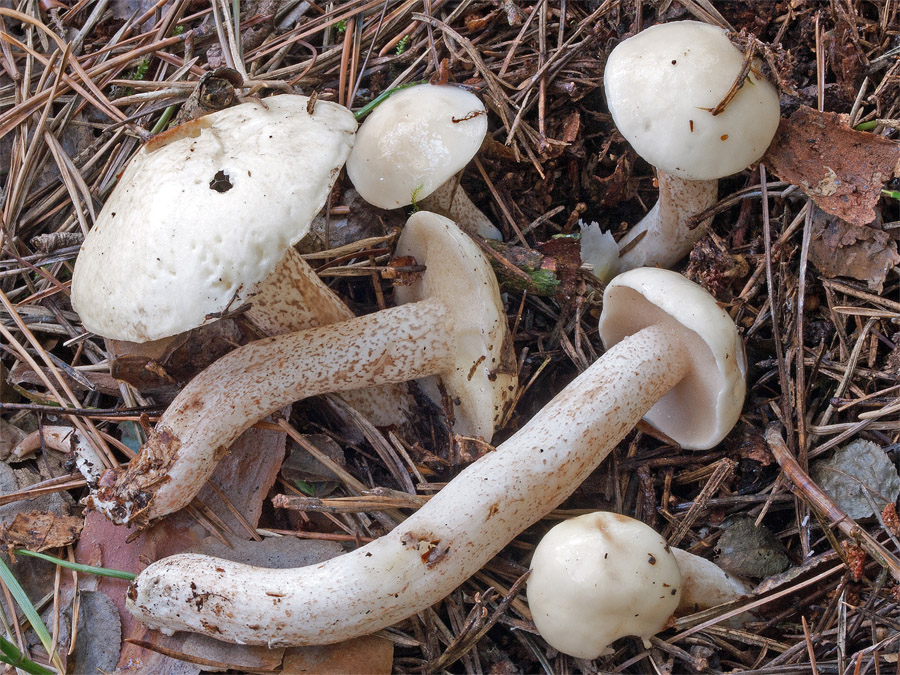
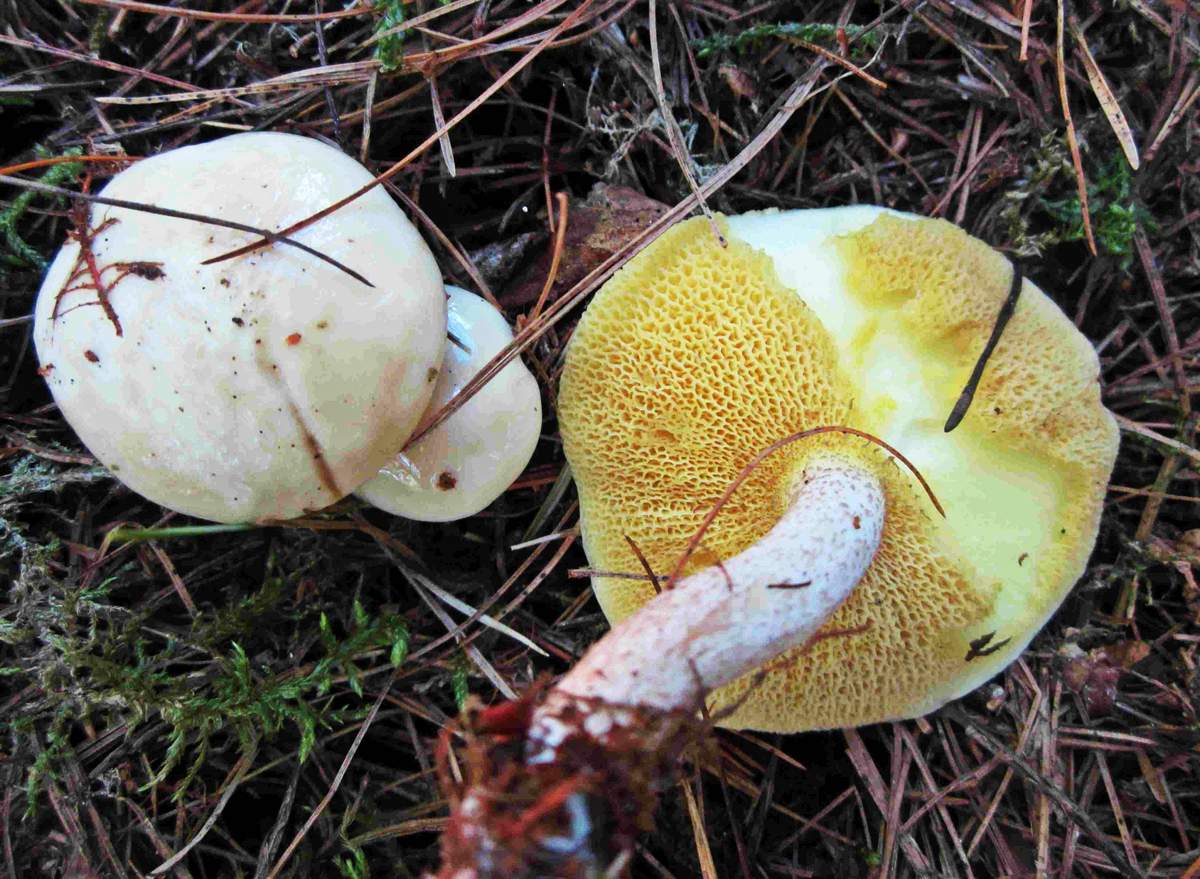
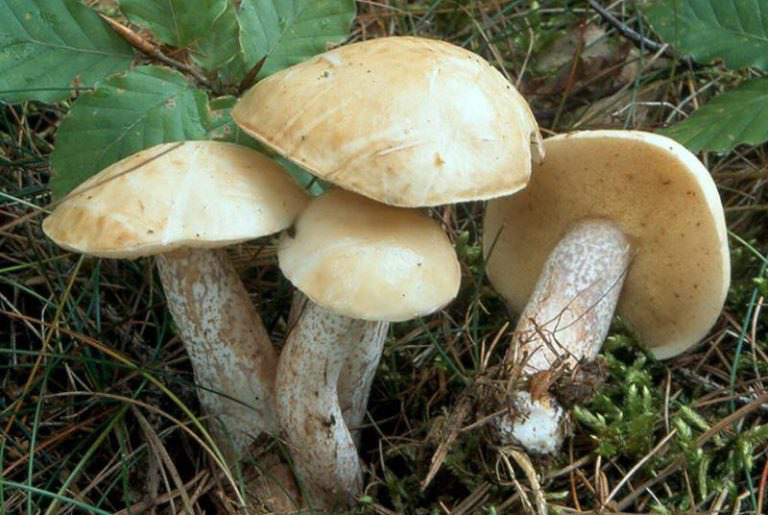
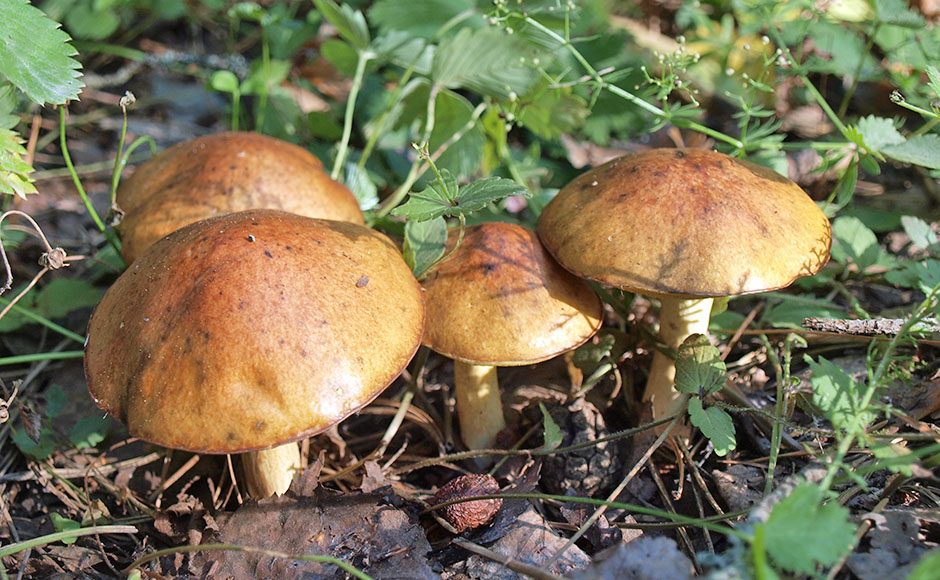
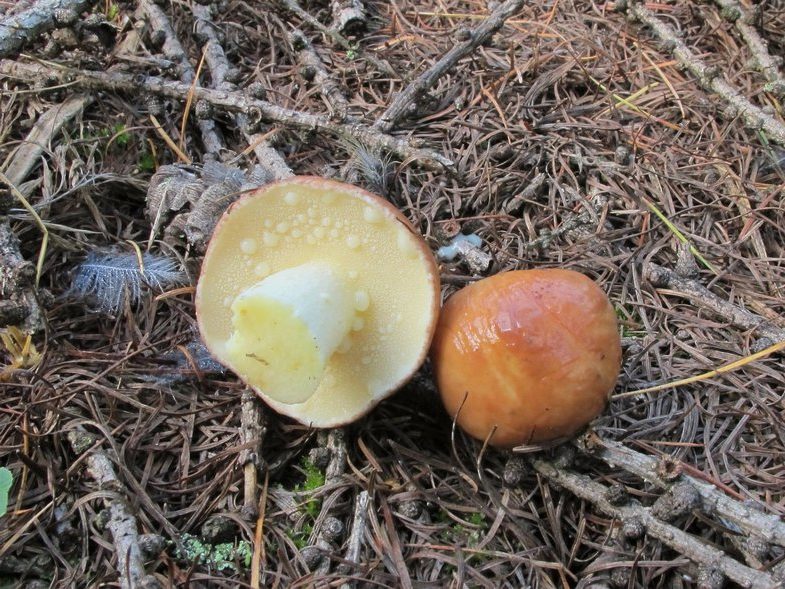
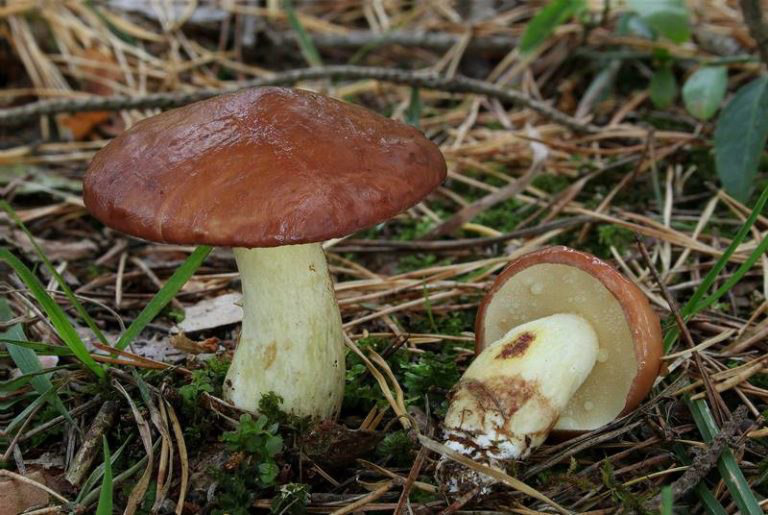
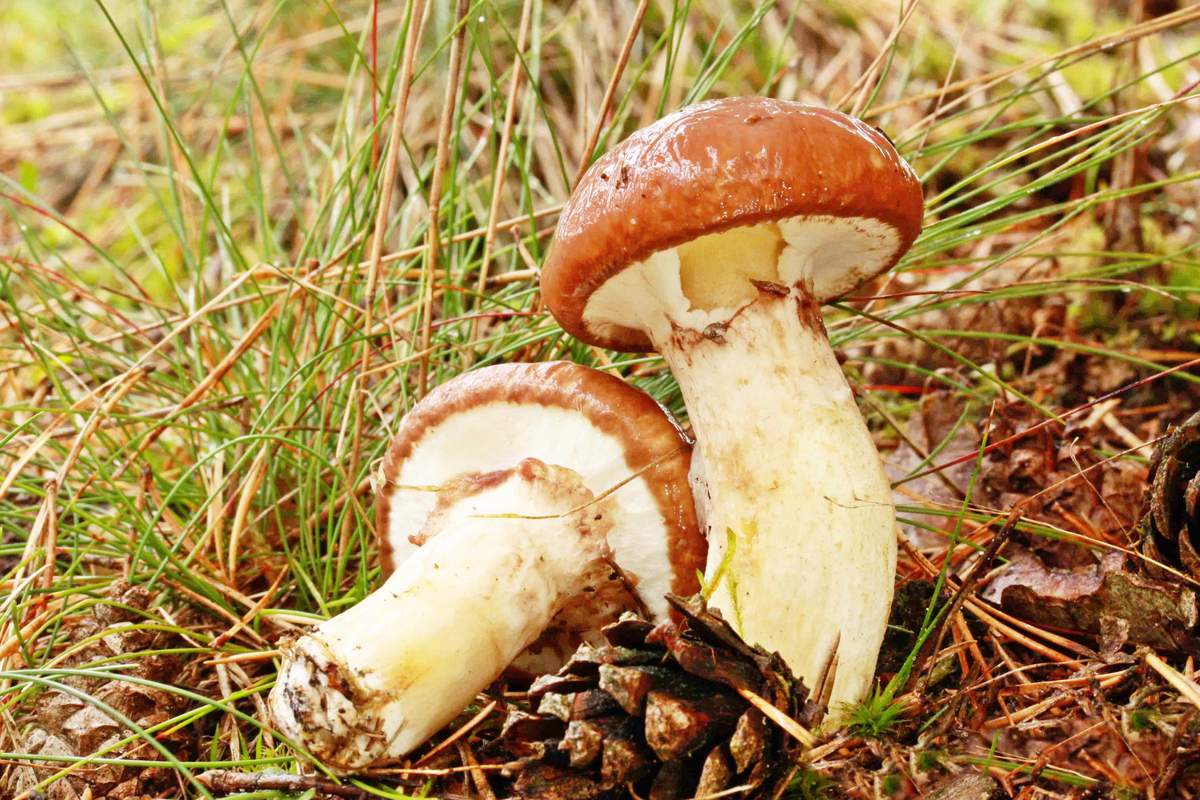
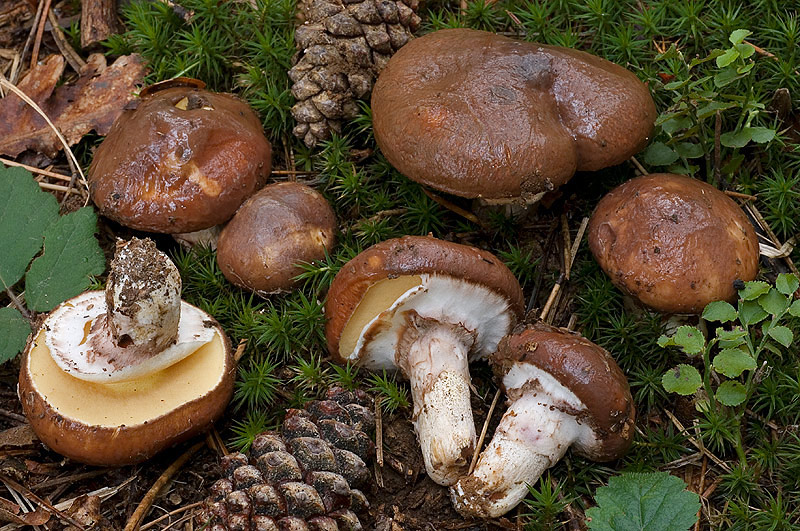
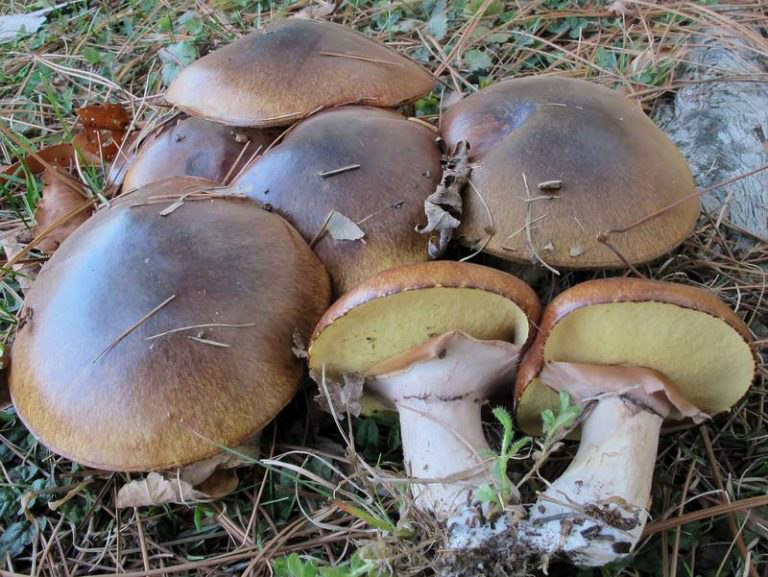
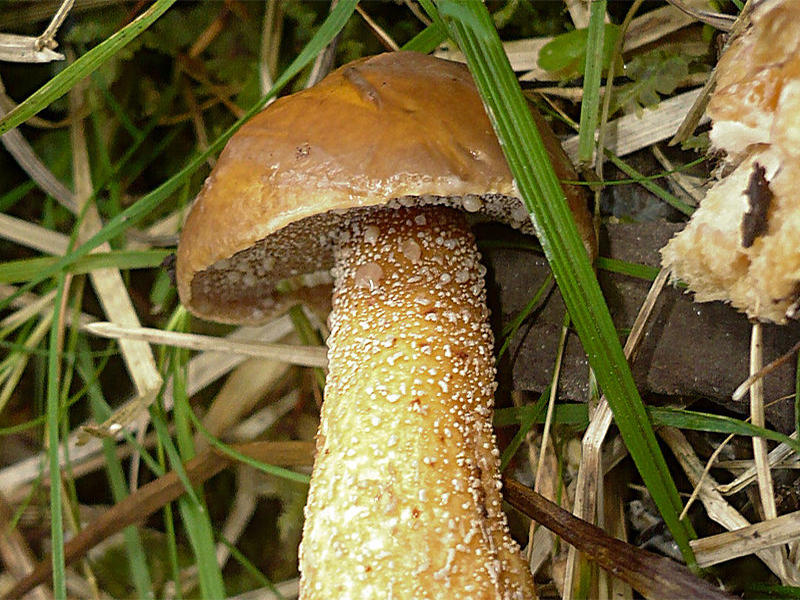
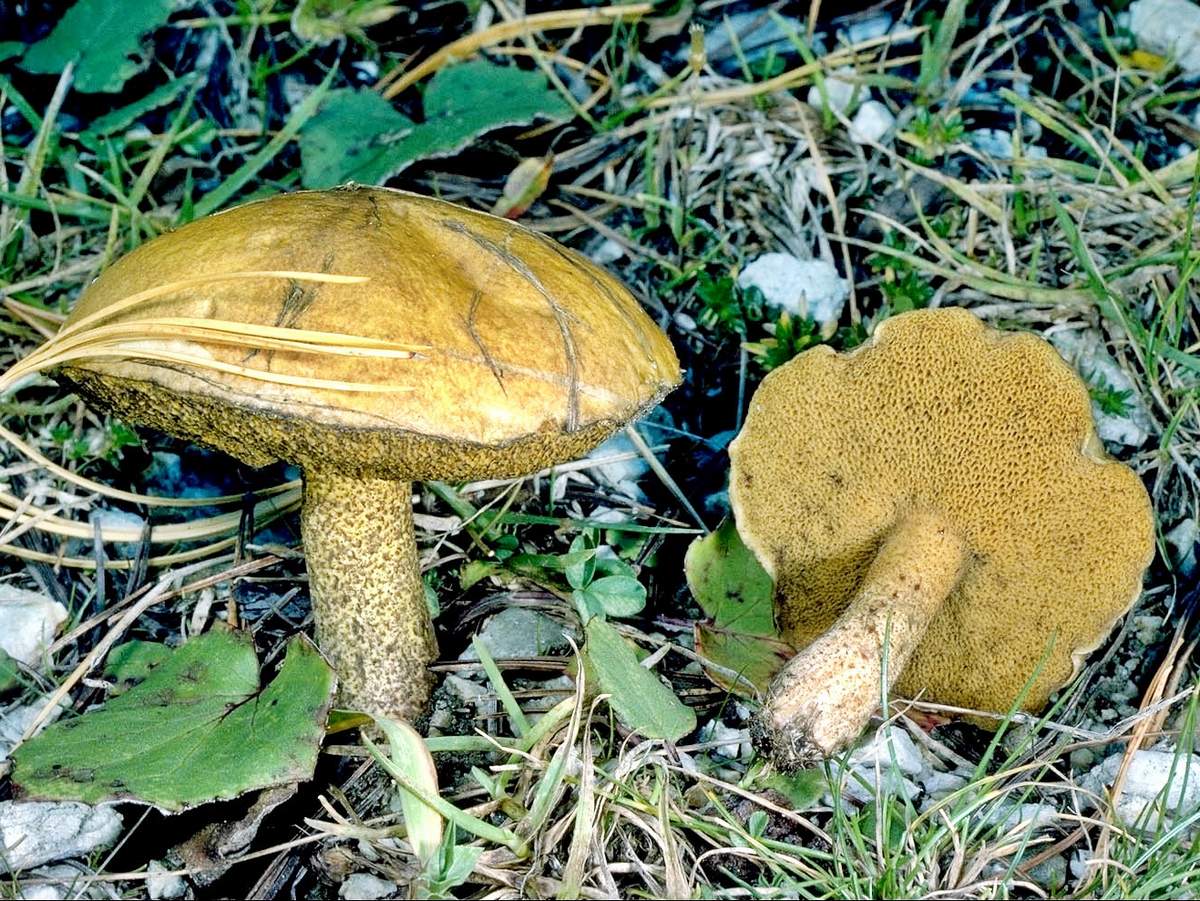
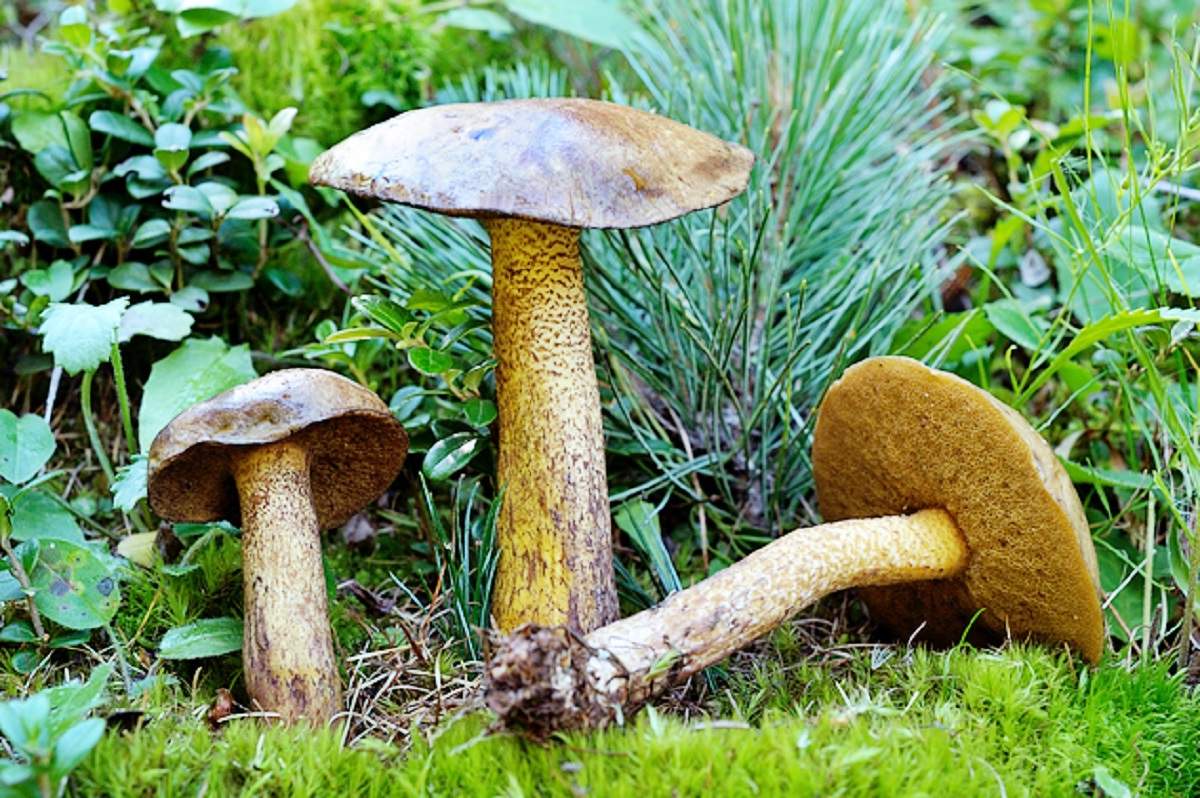
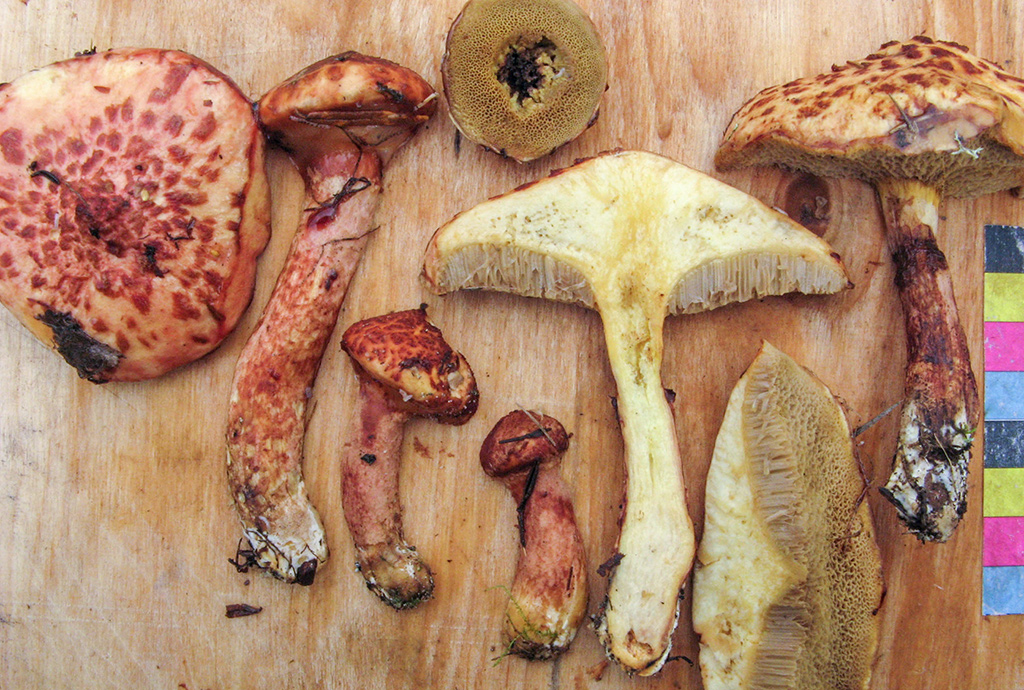
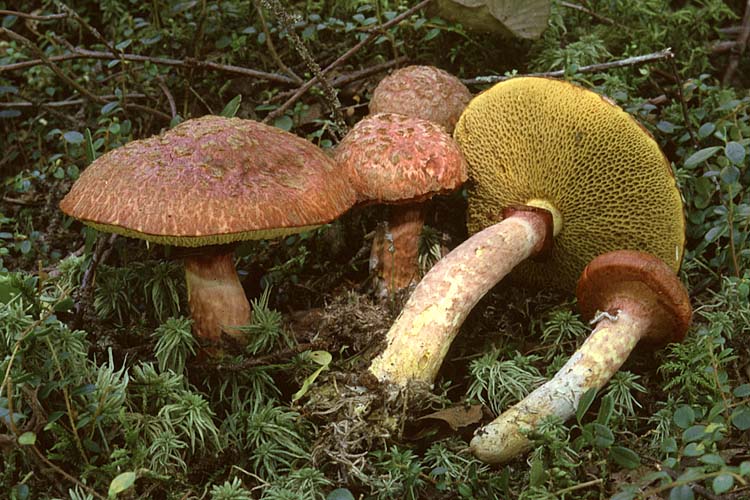
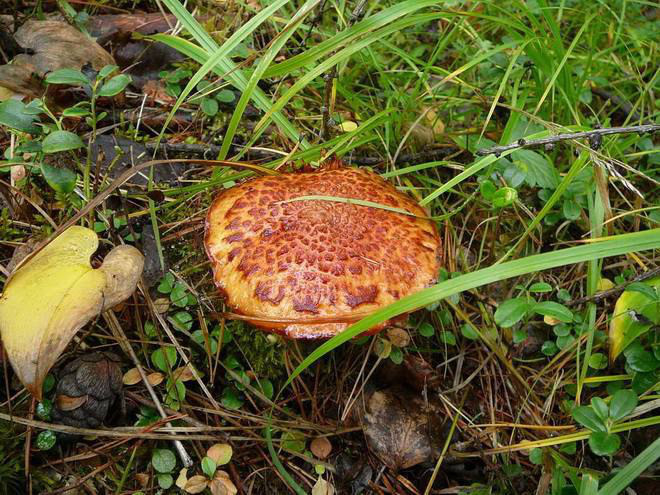
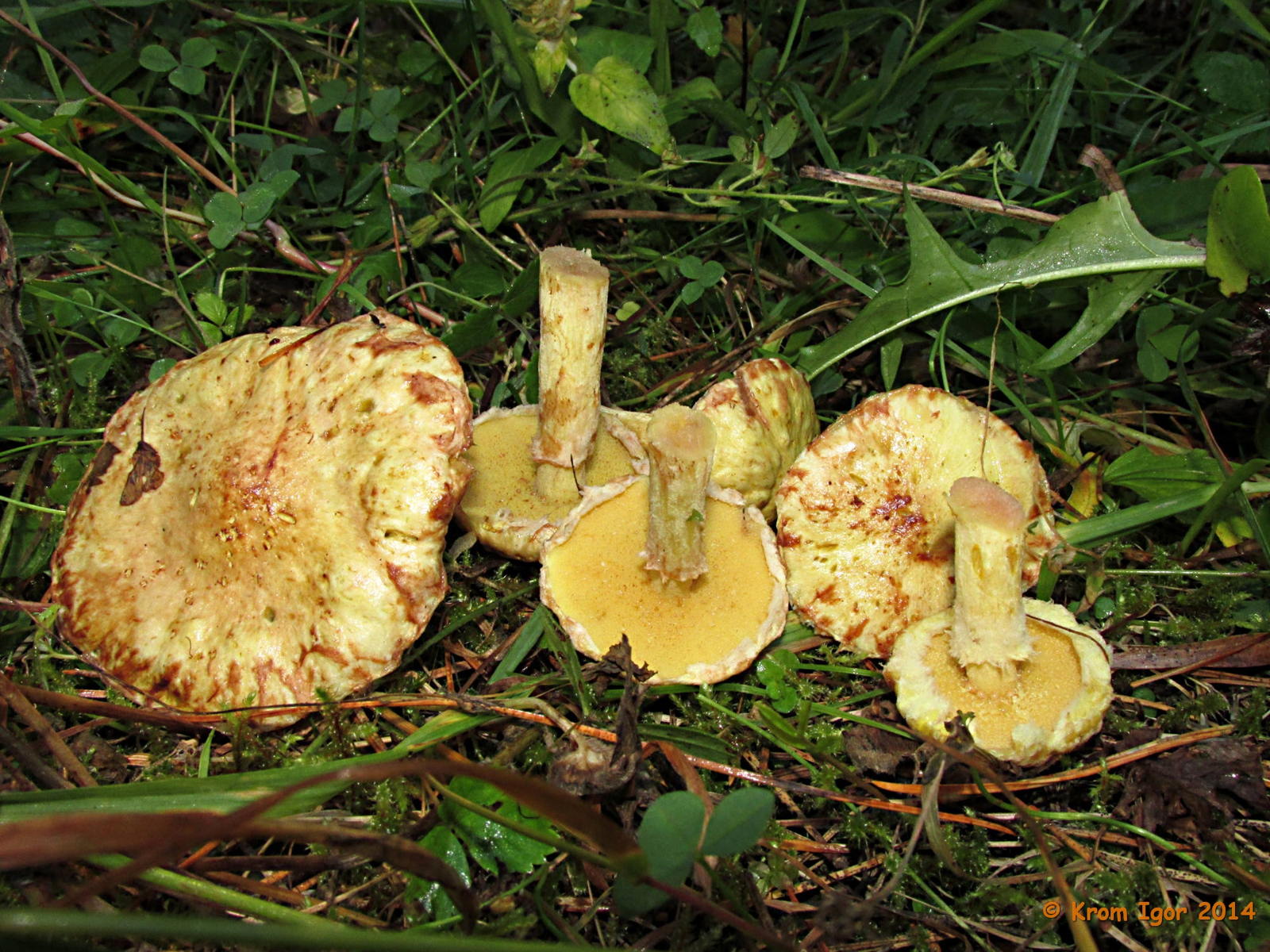
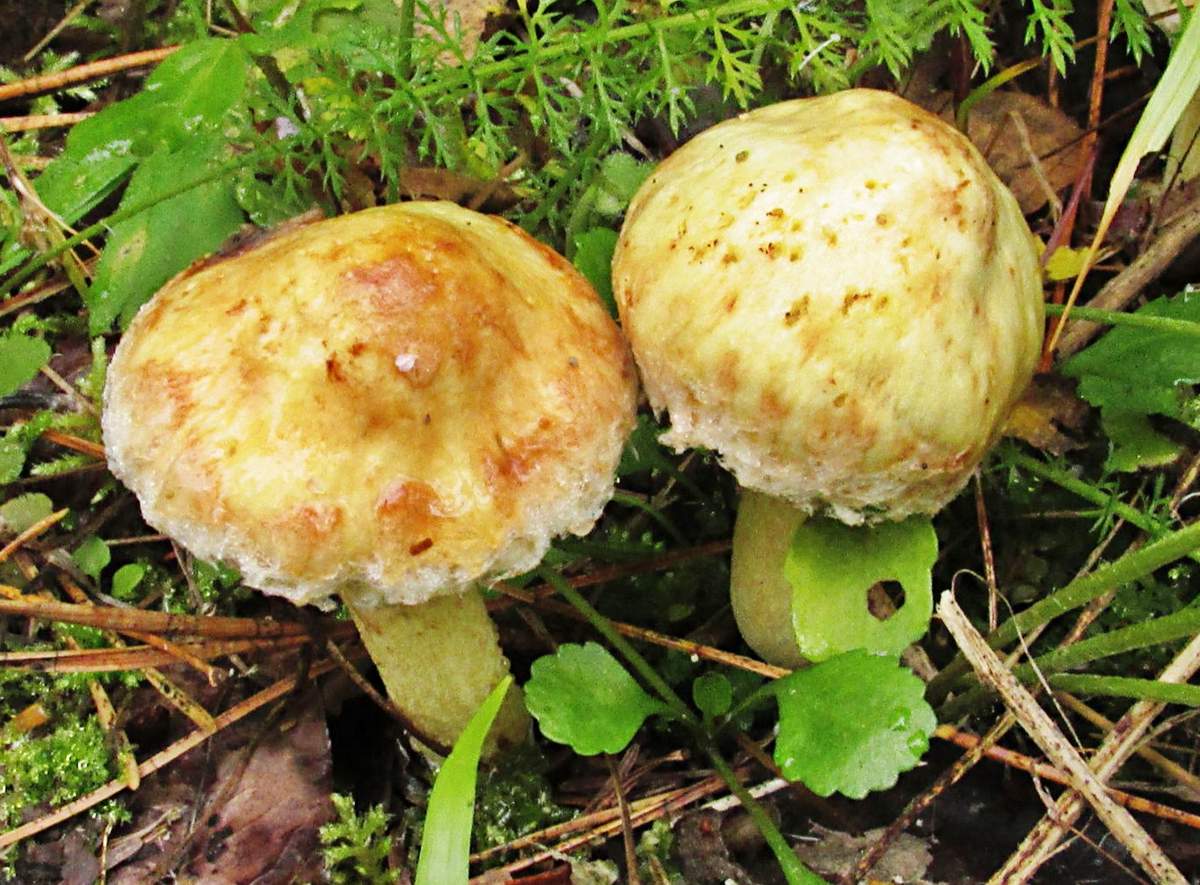
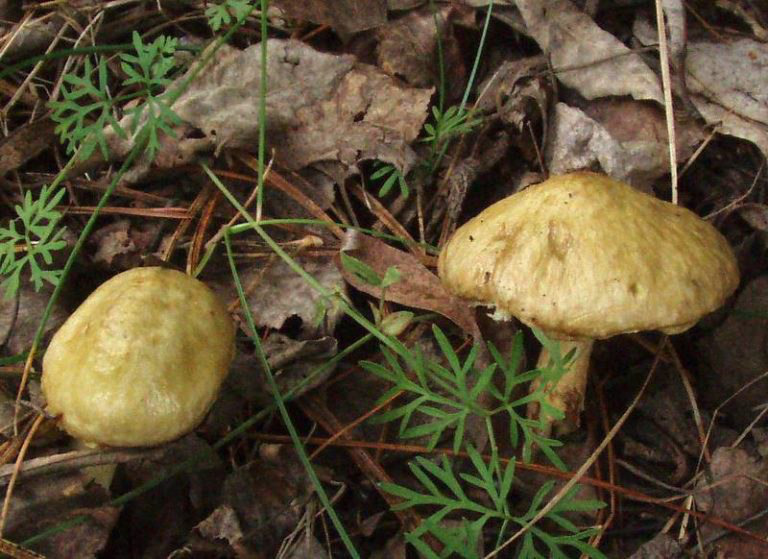



 Care and use of Kombucha at home (+22 photo)
Care and use of Kombucha at home (+22 photo) Edibility of the fungus of the motley umbrella and its description (+19 photo)
Edibility of the fungus of the motley umbrella and its description (+19 photo) Description of edible and inedible oils, their poisonous counterparts (+40 photos)
Description of edible and inedible oils, their poisonous counterparts (+40 photos) Useful properties of milk mushroom and its contraindications (+17 photos)
Useful properties of milk mushroom and its contraindications (+17 photos)
Nikolay Shulga
A huge thank you for the article !!!!!!!!!!!!!